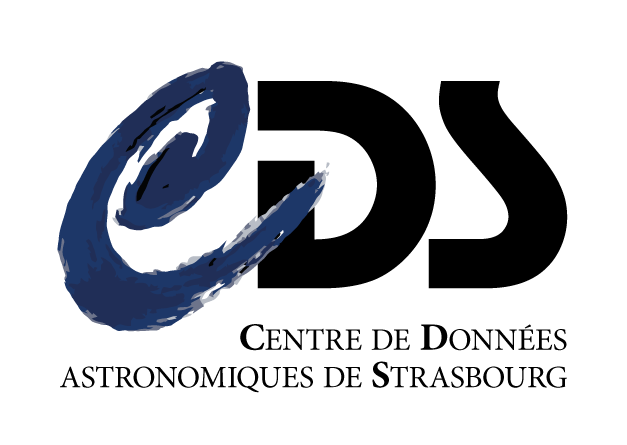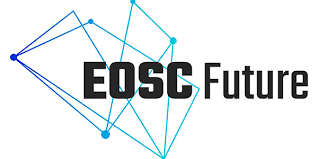Summary and Setup
Welcome to this course summarizing the journey of your data through the Virtual Observatory (VO) and the European Open Science Cloud (EOSC).
In this course, you will learn how to publish your data and you will become aware of new Open Science capabilities like EOSC.
Overview
The new initiatives for Open Science involve many actors: the journals, archives, the data sharing frameworks, and also the community of authors who publish their data. In this training we highlight the role of the authors, to show how efforts for describing astronomical data in standard ways has an important impact on achieving the goals of Open Science.
Work within the ESCAPE project and the EOSC Future project has been aimed at connecting the existing astronomy data publishing systems to the EOSC. In this way the familiar processes of publishing data become part of the wider EOSC system.
In this training we concentrate on the publication of data via the CDS VizieR service and show how the process leads to the data being made visible in the EOSC Portal, as illustrated in the Figure below. This figure will be built step by step throughout this course.
The journey of your astronomical data (tables and other) starts from a refereed paper (bottom on the left lighthouse). The next step involves making sure your data are FAIR (Findable, Accessible, Interopable and Reusable), and preparing the associated metadata, before sending your data to VizieR. VizieR is a CDS service that provides the most complete library of published astronomical catalogues. All the tables and associated data available on VizieR are verified and enriched data, accessible via multiple interfaces, as illustrated by the step ‘curation & verification’ on the same figure. Once the data fully available on VizieR, they reach a broader audience with the International Virtual Observatory Alliance (IVOA) registry and B2Find (interdisciplinary discovery research data portal from EUDAT). The data then propagate to be finally available through EOSC Portal, which is an online interface for the EOSC project where people can access research outputs (publications, data, software) but also submit their own data.

Target audience
This training is aimed at researchers in astronomy who want to:
- Make their published data (tables, images, spectra, …) Findable, Accessible, Interopable and Reusable (FAIR) and openly accessible to the community.
- Ensure long-lasting access to their data.
- Learn about the new developments in Open Science that are being enabled by the EOSC.
Learning outcomes
By the end of this training, you should be able to:
- Outline the benefits of using VizieR (Chapter 1)
- Cite the Findable, Accessible, Interoperable and Reusable (FAIR) principles (Chapter 2)
- Describe the different submission routes per journal (Chapter 3)
- Prepare your data, integrating the FAIR principles (Chapter
4)
- Submit your data in the existing and new Open Science systems, keeping in mind the Virtual Observatory (VO) standards (Chapter 5)
- Summarize all the steps happening behind the curtains once your data are submitted, and before their full integration into the VO (Chapter 6)
- Naviguate through the EOSC portal (Chapter 7)
Key Points and Glossary
At the end of each chapter, important points are summarized. They are all listed here (Key Points).
Additionally, some definitions can be found in the Glossary.
Type of course
This is an online self-learning course.
No prior knowledge is required.
Version
Training version: 1.0.0
Publication date: 10 July 2023
Last modified: 15 September 2023
License
This course is based on Preparing and Submitting Tabular Data (VizieR website).
All materials are developed online openly under CC-BY 4.0 License using The Carpentries training format and The Carpentries Incubator lesson infrastructure.
Contact
If you have got any questions, feel free to contact directly the VizieR team at: cds-cats(at)unistra.fr .
Supporting organisations
This work has been supported by the EOSC (European Open Science Cloud) Future project, funded by the European Union Horizon Program call INFRAEOSC-03-2020 - grant Agreement Number 101017536.


